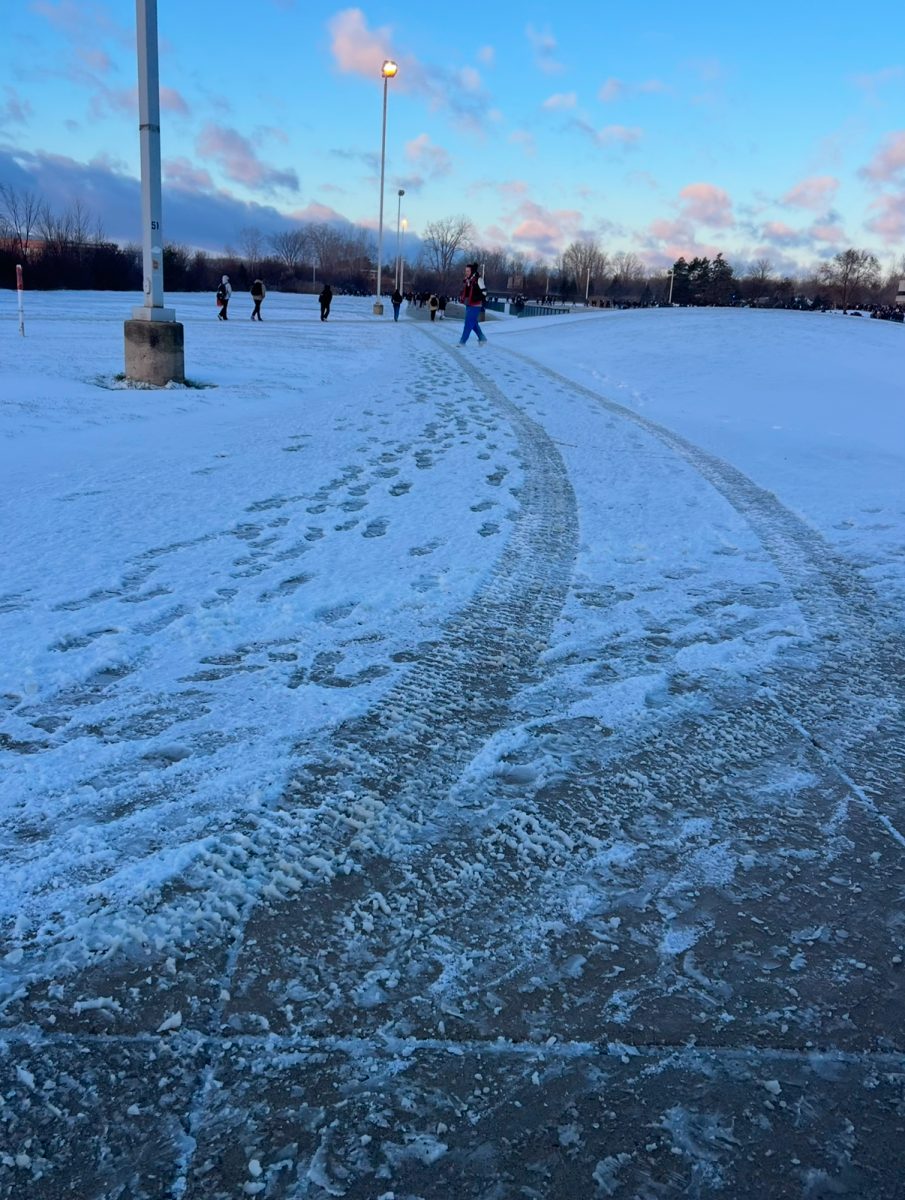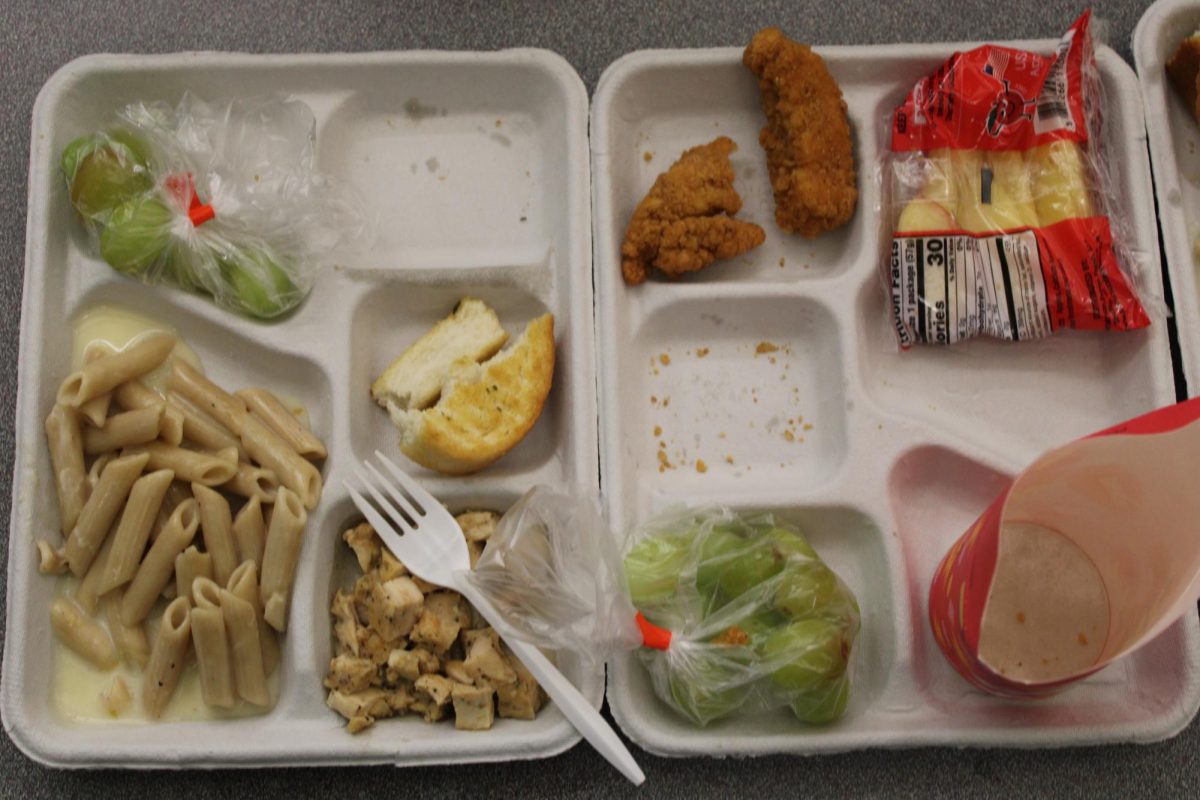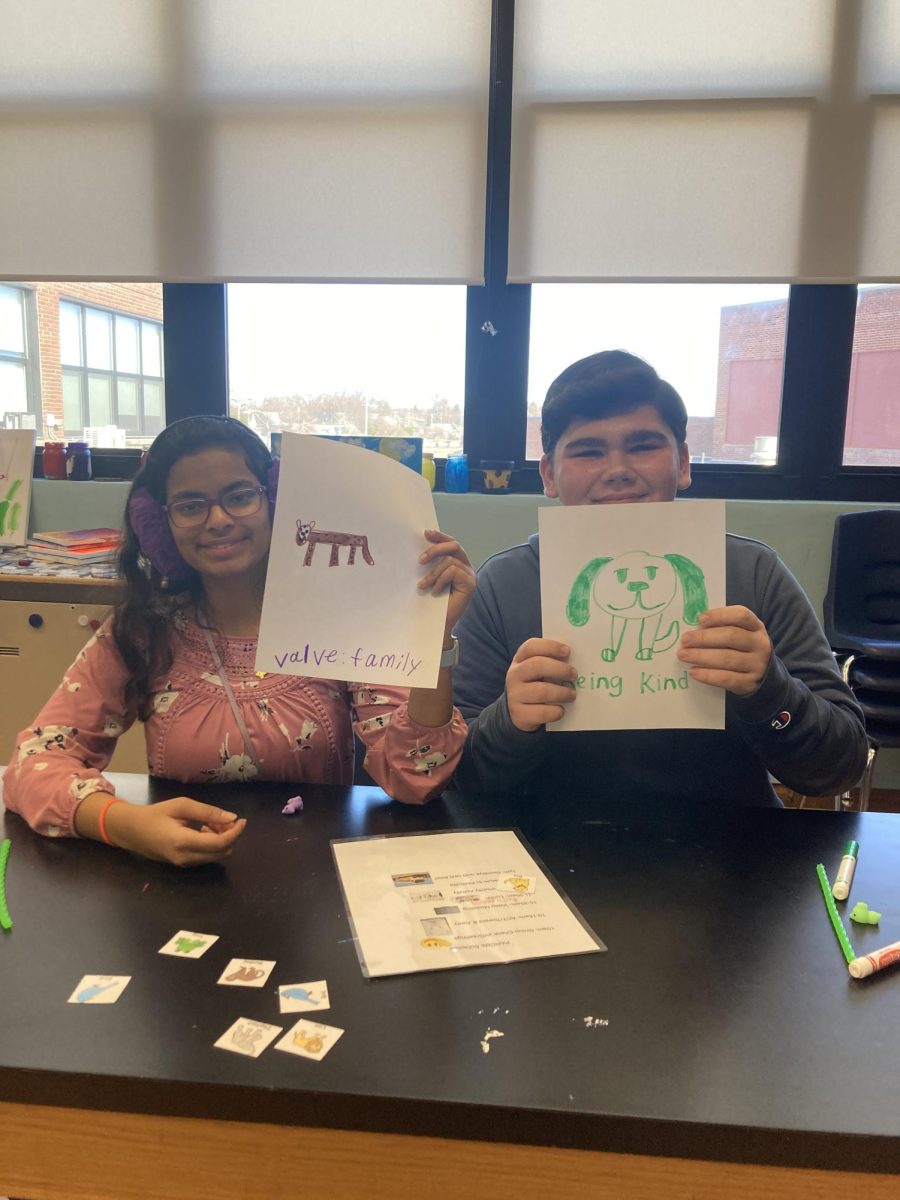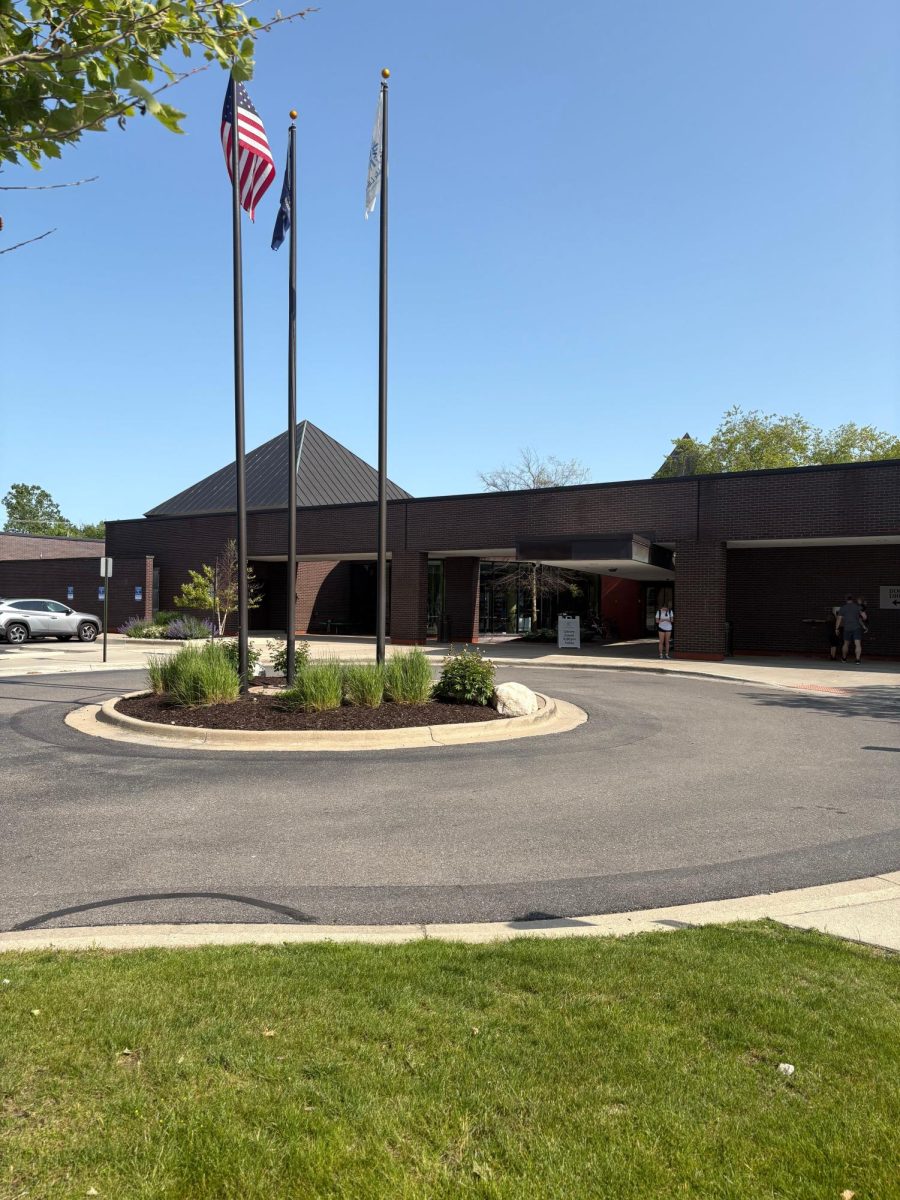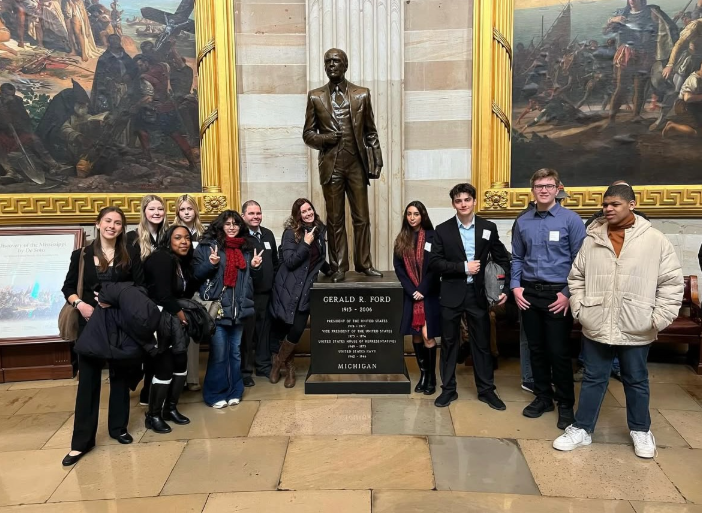P-CEP, along with every other school in Michigan, has been dealing with snowy winters for years since it opened in 2002. According to Accuweather and ABC News , the coming winter will be a little colder compared to averages and also have an uptick in the snowfall. The school district is preparing to make sure that they are ready for this upcoming winter.
To determine whether the ice or snow will affect the commute to school on a particular morning, a team of employees drive the roads. “They begin that process [at] about three o’clock in the morning,” said Dr. Monica Merritt, superintendent of P-CCS. They then communicate the information picked up during their drive to Merritt and her team.
“We [Merritt and her team], actually get on calls with meteorologists,” said Merritt. Given that the P-CCS district is in close proximity to Oakland County, Dr. Merritt said she also communicates frequently with them about winter weather issues.
“Now, if we’re closing school, we typically don’t want to make a phone call [to students’ homes] before 5 a.m. because people are sleeping,” said Merritt, “but we need to have [the calls] out before 6 [a.m.].”
Approximately 40% of the students at P-CEP ride the bus to school, with the first stops scheduled for 6:15 a.m. The district aims to send a message about a school closure by 6:00 a.m. to inform the passengers.
Over time, snow days typically have been called around 6:00 am, but some occasions call for special measures to be taken.
Two years ago the students at P-CEP experienced a snow day called at 6:30 AM after buses had started to pick students up. The P-CCS district received a lot of backlash for the event and later apologized via an automated phone call for the inconvenience of the late closure.
The school district has the option to have a late start or an early dismissal, but Merritt said she tries to avoid these types of shutdowns, due to the bus schedule system that must pick up high school, middle school, and elementary school children in shifts.
Merritt also has some help, however. She has a maintenance crew that helps her to make the call on whether or not it is safe to have school. They help in making sure that, if the students have school, the paths and parking lots are cleared and safe for them to walk on. “The maintenance crew gets out. Regardless if we have a snow day or not.”
Since P-CEP is not new to combatting snow, it has a lot of measures in place from previous years. “Last year, we utilized a combination of salt and plowing to maintain P-CEP pathways. We will take the same approach this year,” said the Assistant Superintendent of Student Services: Kurt Tyszkiewicz.
Even though there is a lot of support and unity within the administrators and superintendents, students don’t always feel the same way. In previous years, according to Plymouth Senior Addison Brown, “There’s not much salt put down, and [the paths] get super slushy because of the amount of people that walk on it.”
Salem Senior, Reagan Kleinglass, said: “Schools need to do a way better job at spreading out the salt on the paths. There is normally a huge clump just poured on one portion of the path and the rest gets none.” Salt clumps may make the path seem choppy and some parts will be perfectly dry and layered with salt while others may be slushy and slippery for students and teachers.
The snow has been a big problem for P-CEP–the only high school in the United States to have three different schools–as students usually walk from building to building in between classes. Almost every student at the Park has classes in at least two different schools and most students even have classes in all three buildings.
P-CEP Students have to walk outside during the winter which means that the temperature outside also has a major impact on their lifestyles. How they dress, prepare, and in turn spend more money on clothes to keep warm. “[The price range for clothes] can be anywhere from $200 to $300. Clothes are just really expensive nowadays,” said Canton senior Sam Kolodziej.
One way that P-CEP helps to make sure that their kids stay safe is a “cold-day.” A “cold-day” is when the temperature is “a minus 20 degrees wind chill factor,” said Merritt. This precaution is to ensure that students are safe while walking between schools.
Overall, the process of calling a snow day is not easy and ultimately “our primary goal is to be in school when it’s safe to do so,” Merritt said. “The parents are always [the ones] who make a final decision. So if I, as a superintendent, say all of these conditions are clear for us based on the factors and the recommendations to open school, your parents always have the ultimate [decision on whether or not to send their children to school].”


